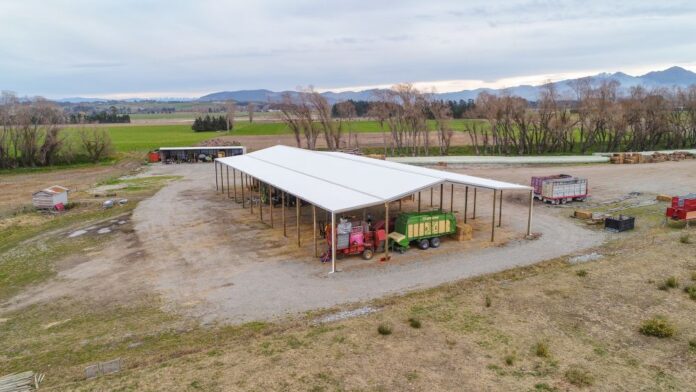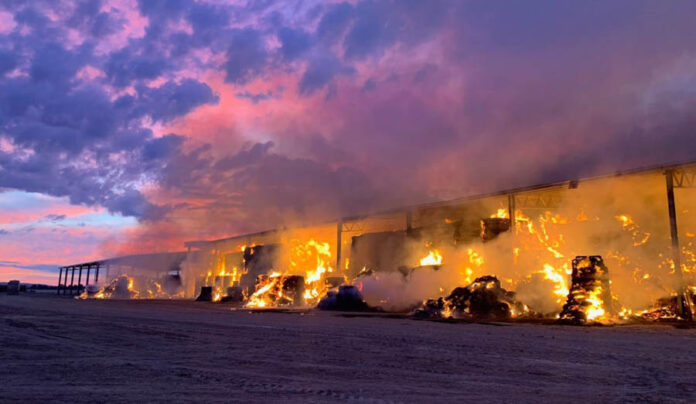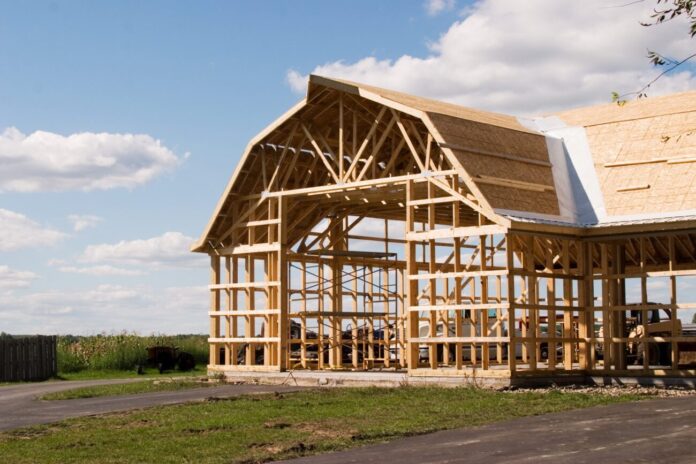Farming in Australia comes with its fair share of challenges and having the right equipment, tools, and outbuildings are important for productivity and efficiency on the farm.
Structures such as hay sheds, barns, and storage facilities must be able to handle local farming conditions to safeguard agricultural machinery, livestock, and fodder.
When designing a hay shed, you need to consider several factors, including the weather in your farming region. You need to study aspects such as placement, ventilation, access, and size before designing and building a hay shed. Keep reading to find out what you need to know about designing and building a hay shed for your Australian farm.
But, before we begin discussing the key elements of designing a hay shed to withstand the challenging Australian farming conditions, it’s essential to consider your equipment needs. Whether you’re just starting out or expanding your existing setup, understanding poultry farming equipment can make a significant difference in your overall farm management.
7 Factors to Consider When Designing a Hay Shed
1. Size
Think about your current and future needs and if relevant, opt for a bigger size to accommodate more hay in the long term. This saves you from having to build another shed as your farming activities increase over time.
Custom designs give you the freedom to choose the right size hay shed for your farming needs, with you deciding how much storage capacity you need.
2. Placement

Some pointers on the location that will be most suitable include:
- To safeguard your structure and contents, avoid wet or damp areas.
- For efficiency and improved productivity, pick a location that’s close to where the hay is being harvested and baled.
- If you’re using hay sheds to store animal feed, situate the shed close to paddocks.
3. Access
Hay sheds should be accessible by large farm machinery to allow for easy loading and offloading. The height and span of the entries should be adequate for safe over-clearance.
We also suggest you opt for a design that has fewer vertical structural poles, to minimize the chance of mishaps while equipment is used inside.
4. Ventilation
Moisture and heat buildup destroy hay in no time at all! If open sides aren’t feasible, consider features such as roof ventilation and open eaves for sufficient airflow throughout the structure. Open hay sheds are best, but you can request designs that are partially enclosed.
5. Bushfires and Cyclones

Hazardous conditions such as runway bushfires and strong cyclones are detrimental to Australian farmers living in regions exposed to these events.
Building sturdy hay sheds with materials that can withstand these conditions is important, which is why you should only build structures to Australian engineering standards and use high-quality materials.
6. Security
Installing roller doors can help protect your hay from unwanted criminals or vandals at nighttime. However, ensure there’s adequate ventilation to prevent condensation build-up overnight or whenever you close the roller doors.
7. Permits
Permits for outbuildings may be necessary even on agricultural properties and obtaining them can become difficult and time-consuming. However, if you work with professional shed builders remember to ask them if they can handle these logistics.
Features to Consider Before Building Your Hay Shed

Certain features ensure your hay shed can withstand Australian farming conditions while making it easier for you to assemble it yourself. Consider the following features when picking a manufacturer to design and construct your hay shed:
- Sturdy construction: The Australian climate can be harsh and using highly durable materials in the construction of your shed is vital. Australian-made galvanized steel is known for its toughness and ability to withstand harsh weather.
- Size adjustability: Ensure you can customize the height, span, and width of your hay shed design to maximize storage space and meet your specific farming requirements.
- Color options: Nowadays, hay sheds come in a variety of colors! Consider a hue that blends in with your farming environment or go for a colour that matches your brand.
- Custom designs: Working with manufacturers who offer custom-made hay sheds means you get to pick and choose features to align with your agricultural activities.
- Strength and finish: Pick a shed manufacturer who can laser cut connection plates and weld them directly to the rectangular Hollow Section or Universal Beam columns for extra strength and a quality finish.
- Easy-to-assemble: Onsite assembling saves time and money so make sure you deal with manufacturers who build easy-to-assemble hay sheds that include concise instructions for installation.
Having access to registered builders across Australia is an option if you don’t want to assemble your hay shed yourself.
One last tip! Work with shed manufacturers who offer top-class customer service and technical support. This way, you’re not left stranded should something go wrong with your shed.
Final Thoughts
Before designing and building a hay shed, decide who you’re going to work with to get the best results for your agricultural activities. Reputable vendors who provide shed solutions will ensure they meet your specific requirements so that you can get the most out of your hay storage facility.
One last factor to consider is affordability. Find cost-effective solutions that make it easier for you to design a hay shed to meet your budget AND practical requirements.
Working with professionals who understand the Australian farming environment as well as budget constraints means you’ll get the design and build your farm needs.




